In today’s digitally driven marketplace, e-commerce has experienced unprecedented growth, accounting for a substantial portion of global retail sales. In 2020 alone, e-commerce sales surged to $4.28 trillion worldwide, marking a staggering 27.6% increase compared to the previous year (Statista). With this monumental rise in online shopping, it’s crucial for businesses to not only establish an online presence but also to optimize their virtual stores for maximum customer acquisition and retention.
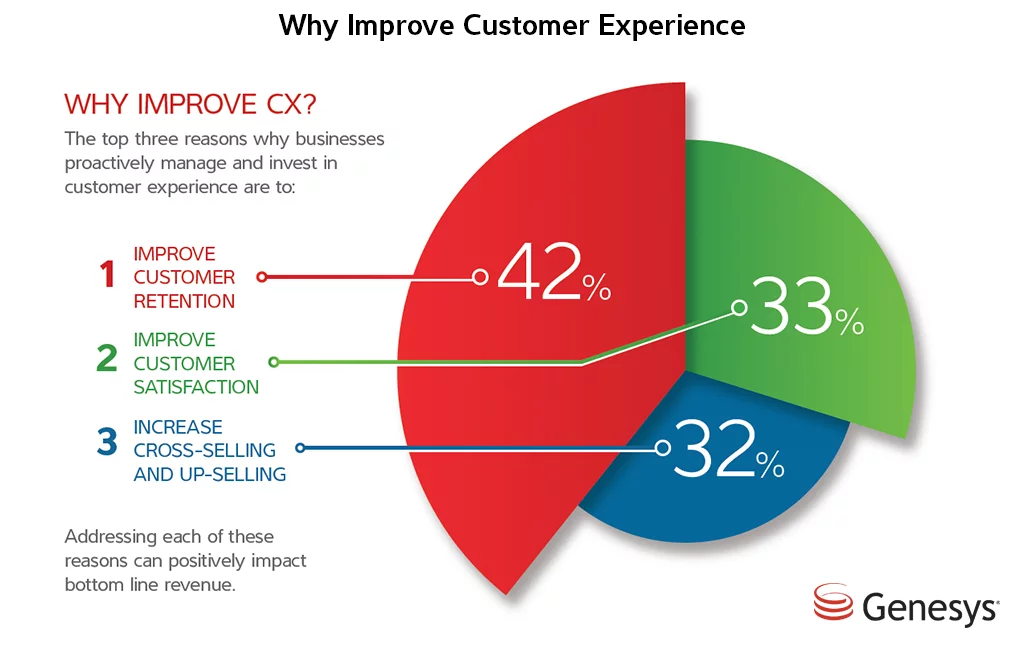
The fierce competition and statistics reveal that the stakes are higher than ever. Did you know that 88% of online shoppers are less likely to return to a website after a poor user experience (Gladly)? Furthermore, a 2019 survey conducted by Baymard Institute found that the average documented online shopping cart abandonment rate stands at a whopping 69.57%. These numbers highlight the urgency for businesses to ensure their virtual stores are functional, exceptionally engaging, and user-friendly.
In this data-driven exploration, we will delve into the essential features that your virtual store must possess to survive and thrive in the highly competitive e-commerce arena. Whether you’re a seasoned e-commerce veteran or just starting your digital retail journey, these features are not merely recommendations; they are data-backed strategies that have proven to win more customers and drive long-term success.
Strategies to Improve Virtual Store Experience:
1. Multiple Payment Methods

As an online merchant, part of your responsibility is to help shoppers overcome these fears and establish trust in your brand. One effective way to achieve this is by making shoppers feel comfortable with their payment options. After all, trust is built from the very beginning of their shopping journey. When customers have access to their preferred payment methods, it goes a long way toward putting their minds at ease.
Many individuals are understandably concerned about entering their credit card details on a website. As a result, millions of customers today prefer to utilize alternative payment methods. Some payment solutions prioritize customer information security by enabling shoppers to use their saved data for transactions on various websites. Customers can quickly enter their card details on a potentially untrusted site. Others offer a range of secure payment options.
However, it’s not just about safety; convenience also plays a significant role. Some customers prefer certain payment methods because they find them more convenient. By offering various payment options, you allow customers to check out quickly and seamlessly, creating a buying experience that fosters loyalty. On the flip side, potential customers may turn away from your online store if they need to see their preferred payment method listed.
This is where 3dcart offers more than just built-in credit card processing. Our platform provides online merchants with access to over 200 external payment solutions, making it easy to cater to customer preferences. Accepting the payment methods your customers want to use will make them feel more secure and welcome.
Here are some of the popular payment solutions available to 3dcart merchants:
- Amazon Pay: Shoppers can pay through their Amazon.com accounts.
- Apple Pay: Customers can save payment information on their iOS devices and use it across participating stores.
- Google Pay: Allows customers to use their saved payment info from their Google Account on Android devices and the desktop Chrome browser.
- PayPal Express: Offers a quick and easy way for customers to complete online transactions using one of the web’s most popular payment solutions.
- Bitcoin: A digital currency and protocol that enables instant peer-to-peer transactions and worldwide payments with minimal processing fees.
- Dwolla: A payment network that allows businesses and individuals to send, request, and accept money electronically, offering affordability and ease of use.
- net eChecks: An established, trusted, and recognized payment processing solution.
2. Customer Relationship Manager
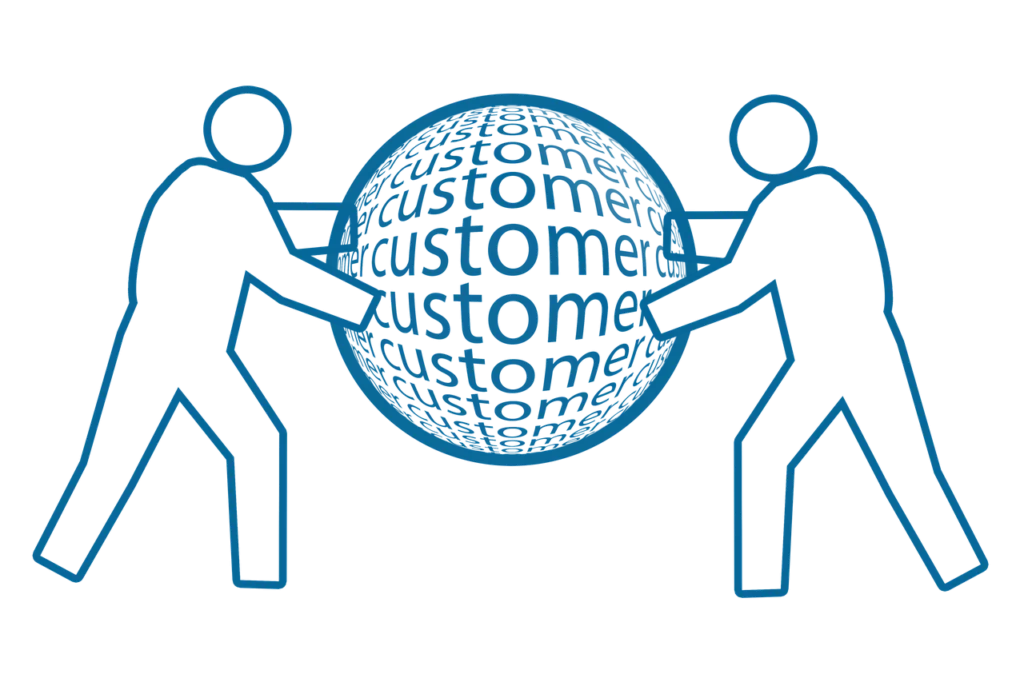
Maintaining strong customer relationships is essential for the long-term success of your business. Building a loyal customer base can provide you with a consistent revenue stream and reduce the need for constantly acquiring new customers, which can be costly.
An effective Customer Relationship Management (CRM) system is crucial to cultivate and retain loyal customers.
While CRM software like Salesforce is popular, it’s better suited for large enterprises. If you’re a small to medium-sized merchant, you’ll want a CRM tailored to your eCommerce business’s needs.
A suitable CRM should offer the following capabilities:
- Automatically record transactions when customers submit requests through your website’s contact form.
- Provide easy segmentation of customers into groups for customized pricing, targeted marketing, and email campaigns.
- Simplify communication management with your customers.
These are just a few essential features a CRM can offer to help you run a successful online store. Utilizing a CRM like the one integrated into 3dcart can streamline your efforts in attracting and retaining loyal customers.
3. Analytics & Reporting

Numbers may seem daunting, but they are the lifeblood of a thriving online store. They provide invaluable insights into the effectiveness of your strategies and help you make informed decisions.
While a few seasoned e-store owners might excel in Google Analytics, most others require an integrated analytics system with user-friendly reporting tools that are robust and easy to navigate.
For business owners, harnessing the power of analytics offers several advantages:
- Identifying the sources of new traffic and finding ways to increase visitor numbers.
- Evaluating the performance of email, social media, and other marketing campaigns.
- Gaining a deeper understanding of your target audience.
Analytics goes beyond mere numbers; it lets you visualize and compare data through organized reports and charts. This comprehensive view of your business allows you to adjust for increased sales.
3dcart offers a robust analytics and reporting system, including sales, product, customer, shipping, and business reports. These reports help you track your Return on Investment (ROI) and seamlessly integrate with Google Analytics for a more comprehensive analysis of your e-commerce activities.
4. Visible Shopping Cart

What exactly is a visible shopping cart? Well, it’s a cart prominently displayed on every page of your online store, often found in a sidebar. It provides key details like the number of items the shopper intends to buy, giving them a quick overview of their selections and a reminder to complete their purchase.
The content of your shopping cart widget is customizable, but typically includes:
- The total number of products.
- The total price of the order.
- A “Check Out” button.
- A button to access the shopper’s account.
When designing an online store with effective sales strategies, the goal is to streamline the customer’s journey to make buying as straightforward as possible. Shoppers nowadays expect hassle-free transactions, so as an online merchant, it’s crucial to ensure easy access to the shopping cart, ultimately shortening the path to purchase and providing a smoother buying experience.

5. Streamlining Accounting Processes for E-commerce Businesses

Running a successful e-commerce business involves various crucial aspects, and one of them is effective accounting. However, many new e-store owners often need help managing their finances. Accounting can appear complex and intimidating, and the fear of facing an audit can be a constant worry for business owners.
Accurate accounting is essential for maintaining a well-organized backend of your e-commerce operation. It serves as the backbone of your financial management, helping you keep a precise record of your sales, expenses, and associated taxes. With reliable accounting, making informed business decisions and ensuring compliance with tax regulations becomes easier.
3dcart recognizes the importance of integrating with popular accounting software solutions to simplify the accounting process for e-commerce businesses. Here are some critical integrations offered:
- QuickBooks Integration: QuickBooks stands out as one of the market’s most widely used accounting software solutions. With 3dcart, the integration process is straightforward. By installing the QuickBooks plugin, your e-commerce business gains the capability to synchronize crucial financial data seamlessly. Within seconds, your sales, expenses, and financial records are harmonized, streamlining your accounting operations.
- FreshBooks Integration: FreshBooks is an excellent choice for small business owners, especially those who rely heavily on mobile devices. It’s a powerful cloud-based accounting solution optimized for accessibility on all devices. 3dcart’s integration with FreshBooks ensures that your financial data remains accessible and manageable, no matter where you are.
- Avalara Integration: For businesses dealing with complex tax calculations and compliance, Avalara offers a comprehensive tax management software solution. It provides real-time tax calculations, simplifies the often intricate tax filing process, and offers various tools to ensure your e-commerce business remains tax-compliant.
3dcart understands that different businesses may have varying accounting needs. To cater to this diversity, they offer a range of accounting tools through their App Store. To discover more options, visit the App Store and navigate to the “accounting” tab. There, you’ll find a selection of additional tools and integrations to enhance your e-commerce accounting processes further.
6. Dependable Hosting with Nestify
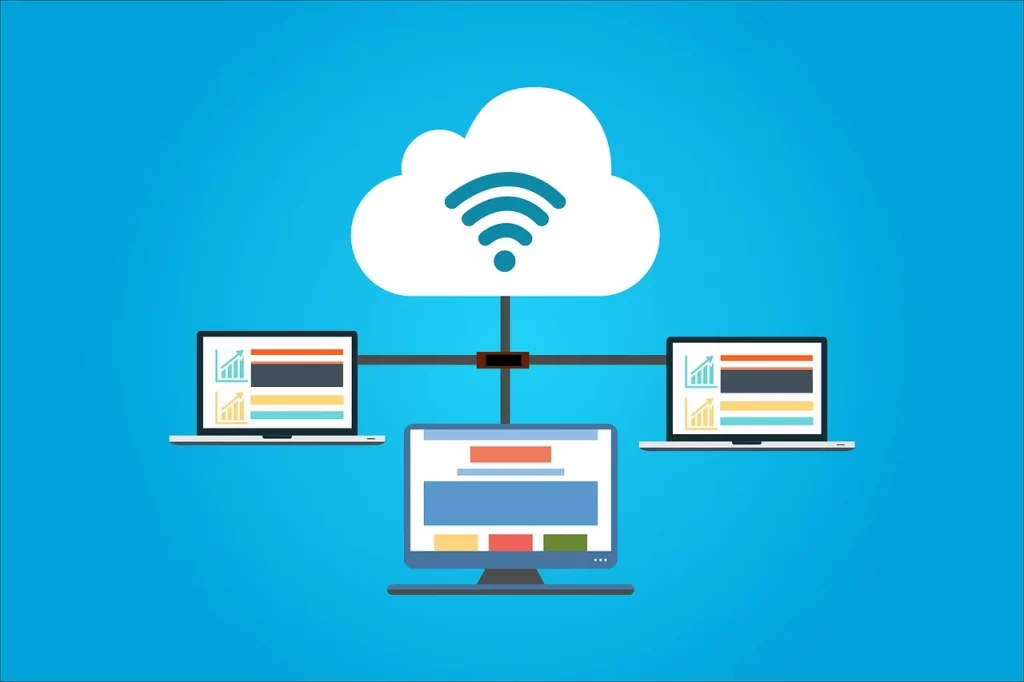
The days of installing hefty software on your desktop and dealing with manual updates and expensive hardware are behind us. The cloud has revolutionized business operations, delivering substantial cost savings to countless companies.
However, there’s a crucial caveat: to harness the full potential of the cloud, you need a hosting provider that exudes reliability. Unfortunately, not all hosting providers meet this criterion, and many unreliable options exist in the market.
The key to selecting the right hosting solution lies in the crowd’s wisdom. One of the internet’s strengths is its wealth of customer reviews and feedback, instantly accessible at your fingertips.
At Nestify, we take pride in our overwhelmingly positive reviews. We are so confident in our hosting reputation that we encourage you to explore as many reviews as possible.
Here’s an in-depth look at our hosting services:
- 99% Uptime Guarantee: Your website’s accessibility and speedy loading are paramount. Our 99% uptime guarantee ensures that your site remains accessible almost always, with a track record that closely approaches 100%.
- Daily Backups: We understand the importance of preparedness. That’s why we implement daily backups of your data on alternate servers. Your valuable information remains secure even in the face of a natural disaster.
- Account Security: When you choose Nestify, you gain the assurance of VISA PCI certification, reflecting the highest level of online security standards. We go the extra mile to safeguard your data and protect your customers, prioritizing their safety.
By ensuring the security and reliability of your online store through Nestify, you’re embarking on the path to eCommerce success. Trust in a hosting provider that delivers on its promises, and you’ll be well-positioned for a thriving online business.
7. Optimize your website

As you gear up for growth in 2023, starting with the fundamentals is crucial. All the other items on your to-do list pale in significance if your website isn’t optimized for business. While attracting clicks is essential, having a finely tuned website for conversions is equally vital – because clicks alone won’t generate sales.
To kick off the new business year on the right foot, embark on a thorough evaluation and ensure your website boasts these essential optimizations:
- Design: Collaborate with external experts to guarantee your website’s design is aesthetically pleasing, intuitive, and customer-friendly. An appealing design can significantly impact user engagement and conversion rates.
- SEO (Search Engine Optimization): Ranking on Google is pivotal to driving organic traffic to your site. With good SEO practices, potential customers may be able to find your website in search engine results. Consider using SEO tools like Moz or SEMrush to enhance your visibility.
- Chatbot: Enhance user experience and generate immediate revenue by incorporating a chatbot feature on your website. Chatbots provide real-time interaction with visitors, answering queries and guiding them through the customer journey. Explore tools like Intercom or Drift to implement this functionality seamlessly.
- Appointment/Meeting Scheduling: Offer convenience to your customers by enabling them to schedule appointments or meetings to learn more about your product or services. Utilize scheduling tools such as Calendly to streamline this process, making it easy for potential clients to connect with you at their convenience.
By addressing these crucial aspects of website optimization, you’ll set the stage for a successful year of business growth in 2023. Remember that the right tools and strategies can make a substantial difference in achieving your online business goals.
8. Create Comprehensive Content for E-commerce Excellence
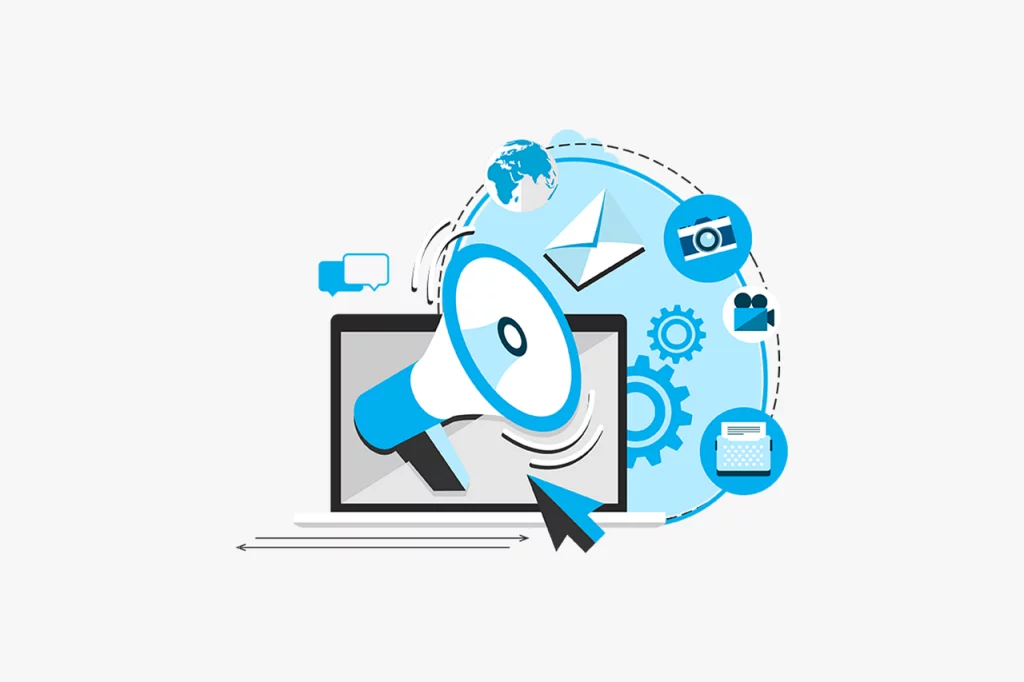
In today’s fiercely competitive e-commerce arena, sporadically producing a few 500-word blog posts won’t cut it. To make a meaningful impact and engage with your audience effectively, you must implement a multifaceted content strategy encompassing various media types, including videos, blogs, podcasts, and strategic paid advertising campaigns. Here, we delve into these strategies and highlight essential plugins and tools available to enhance your content creation efforts:
A. Survey Your Customer Base:
- Consider utilizing survey tools such as SurveyMonkey or Google Forms to grasp your customers’ content preferences truly.
- Create customized survey forms that gather insights into your customers’ content desires, asking questions about their preferences, interests, and pain points.
- Use email marketing platforms like Mailchimp or SendinBlue to distribute your surveys efficiently and collect valuable feedback from your audience.
B. Analyze Your Competitors:
- Tools like SEMrush or Ahrefs can help you spy on your competitor’s content strategies and assess their impact.
- Discover what types of content your competitors create and gauge their performance and rankings in search results.
- Utilize social listening tools like Brandwatch to monitor your competitors’ social media activities and track their content engagement metrics.
C. Leverage Your Product Expertise:
- Content planning tools like Trello or Asana can assist you in organizing and brainstorming content ideas.
- Consider employing content creation platforms like Canva or Adobe Spark to design visually appealing content that complements your expertise.
- Collaborate with experts using communication tools like Slack or Microsoft Teams to ensure the quality and accuracy of your content.
Adopting these strategies and integrating the suggested plugins and tools can significantly bolster your content creation endeavors in the e-commerce realm. Remember, an effective content strategy, backed by the right tools, can be a potent catalyst for engaging your audience, building brand trust, and driving the success of your online business.
9. Enhance Your Social Media Strategy

Numerous e-commerce enterprises employ social media as a platform that often retains potential customers within the confines of the social media channel, failing to channel them toward their sales website. Alternatively, some may overlook the integration of sales applications within their social media pages.
This year, it’s time to fortify your social media strategy by adopting tactics that actively guide customers to your online store. Here’s how you can leverage various tools and approaches to accomplish this:
A. Live Streaming: Engage your audience through live streaming sessions. Platforms like Facebook Live, Instagram Live, or YouTube Live offer direct interaction opportunities. Utilize live streaming to showcase products, host Q&A sessions, or provide exclusive behind-the-scenes glimpses to pique interest and drive viewers to your online store.
B. Social Media Chatbots: Implement chatbots on your social media platforms to facilitate instant interactions with potential customers. Tools like Chatfuel for Facebook Messenger or ManyChat for various platforms can automate responses and guide users toward making purchases.
C. Stories: Utilize the Stories feature on platforms like Instagram, Facebook, and Snapchat. Stories offer a prime opportunity to create time-limited, engaging content. Use them to showcase new arrivals, limited-time promotions, or captivating visuals encouraging viewers to explore your products.
D. Paid Advertisements: Leverage the power of paid advertising on social media platforms. Platforms like Facebook Ads and Instagram Ads allow you to target specific demographics and behaviors, ensuring your promotions reach the right audience at the right time.
E. In-App Purchases: If your e-commerce platform supports it, consider integrating in-app purchases directly within your social media profiles. This simplifies the buying process for “ready-to-buy” customers, allowing them to purchase without leaving their preferred social network.
10. Optimize and Refresh Your Email Marketing List

Email marketing may have been around for a while, but it still needs to be updated. However, in the world of e-commerce, it’s crucial to approach your email marketing list with intelligence and finesse. Rather than sending out a barrage of emails to thousands, only a fraction of which may be relevant or current, consider these strategies and tools to filter and rejuvenate your list:
A. Send a New Year Questionnaire:
- Utilize survey tools like SurveyMonkey or Typeform to create and distribute a concise New Year questionnaire to your email list.
- Ask subscribers about their product preferences, content interests, and communication frequency expectations for the upcoming year.
- Gather valuable insights into their needs and desires, enabling you to tailor your email campaigns accordingly.
B. Identify Active Addresses:
- Email verification tools such as NeverBounce or Hunter can help you ascertain the activity and validity of email addresses in your list.
- Weed out inactive or bouncing emails to maintain a clean and engaged subscriber base.
C. Data Analysis for Precision:
- Utilize analytics tools like Google Analytics or Mailchimp’s Insights to dissect the data collected from your questionnaire and email campaigns.
- Gain deeper insights into subscriber preferences, behavior, and engagement levels, allowing you to craft highly targeted and effective email marketing campaigns.
D. Email Marketing Platforms:
- Leverage email marketing platforms like Mailchimp, Constant Contact, or SendinBlue that offer list management, segmentation, and automation features. These platforms often provide built-in tools for email verification and audience analysis.
E. CRM Integration:
- If you use Customer Relationship Management (CRM) software like HubSpot or Salesforce, ensure seamless integration with your email marketing platform. This allows for enhanced data synchronization and audience segmentation.
11. Exploring the Future of E-commerce: Augmented Reality (AR) Shopping Experiences

In the fast-evolving landscape of e-commerce, embracing cutting-edge trends is essential to stay competitive. In 2023, one of the most exciting developments is the widespread adoption of Augmented Reality (AR) shopping experiences that blur the lines between online and real-world shopping. Here, we delve into this trend, highlighting the tools, plugins, and real-life examples that illustrate its transformative potential.
The Power of AR Visualization:
- Tools and Plugins: Consider platforms like Shopify AR and 3DProductViewer to implement AR visualization. These tools empower you to create interactive 3D models of your products that shoppers can view from every angle.
- Real-Life Case: Take the example of IKEA’s AR app, which allows customers to virtually place furniture in their homes before purchasing. This enhances the shopping experience and reduces the likelihood of returns due to incorrect sizing or aesthetics.
Live-Streaming Shopping Events:
- Tools and Plugins: Platforms like YouTube Live, Twitch, and Facebook Live provide robust live-streaming capabilities. Additionally, consider e-commerce-specific tools like Shopware and Shopify Plus.
- Real-Life Case: China’s e-commerce giant, Alibaba, hosts massive live-streaming shopping events where millions of viewers can interact with hosts, ask questions, and make purchases in real-time. This approach has proven immensely successful in driving sales and engaging customers.
Enhancing the Customer Experience:
- Tools and Plugins: Implementing live chat and customer support tools like Zendesk Chat or LiveChat during live-streaming events can facilitate real-time engagement with your audience.
- Real-Life Case: MAC hosts live-streamed makeup tutorials, allowing viewers to interact with professional makeup artists, ask questions, and purchase featured products. This not only promotes their products but also offers valuable educational content.
Measuring Success:
- Tools and Plugins: Use analytics platforms like Google Analytics or e-commerce-specific analytics tools such as WooCommerce Analytics to track the impact of AR experiences and live-streaming events on conversion rates, engagement, and sales.
- Real-Life Case: The fashion retailer ASOS introduced AR-based virtual catwalks, enabling shoppers to visualize clothing items on different models in real time. They measured success through increased engagement and decreased returns.
12. Optimizing Your Store for Mobile

Mobile e-commerce is on an exponential growth trajectory, with analysts projecting a further 22.3 percent increase in 2023 alone. Given this remarkable surge in mobile shopping, e-commerce businesses must ensure that their online stores are mobile-friendly. In this endeavor, we’ll explore the tools, plugins, and real-life cases that can help you provide an exceptional mobile shopping experience.
A. Google’s Mobile-Friendly Test:
- Tool: Google’s Mobile-Friendly Test is an invaluable resource. It allows you to assess your website’s mobile-friendliness, identifying any issues that need attention.
- Real-Life Case: Amazon, one of the world’s largest e-commerce platforms, continuously optimizes its mobile site for a seamless shopping experience. Their mobile-friendliness is a key factor in their global success.
B. QR Codes for Mobile Apps:
- Plugin: Utilize plugins like QR Code Generator (for WordPress) or QR Code & Barcode Scanner (for Shopify) to create QR codes for your mobile app.
- Real-Life Case: Starbucks incorporates QR codes in its mobile app to enable customers to pay, earn rewards, and order ahead. This streamlines the mobile shopping process and enhances user convenience.
C. Progressive Web Applications (PWAs):
- Tool: Platforms like Vue Storefront and PWA Studio (for Magento) facilitate the creation of PWAs.
- Real-Life Case: Alibaba’s AliExpress employs a PWA to provide a lightning-fast and offline-capable mobile shopping experience. Customers can browse products even in low-connectivity areas.
D. Accelerated Mobile Pages (AMP):
- Tool: Implement AMP using plugins like AMP for WP (for WordPress) or AMP for Shopify (for Shopify).
- Real-Life Case: eBay leverages AMP technology to deliver lightning-speed mobile pages for product listings. This not only enhances the shopping experience but also improves search engine rankings.
13. Transform Your Fulfillment with 3PL

The pandemic transformed the retail landscape, pushing consumers away from in-store shopping and reinforcing their desire for fast, free, and eco-friendly shipping. However, meeting these expectations can be financially challenging for smaller e-commerce businesses. To address this, consider partnering with a Third-Party Logistics Provider (3PL) to optimize your fulfillment process. Many of these 3PLs offer comprehensive end-to-end solutions that can enhance your fulfillment capabilities. Here’s how to go about it:
A. Finding the Right 3PL Partner:
- Tool: Utilize platforms like ShipBob or ShipStation to search for suitable 3PL providers that align with your business needs.
- Real-Life Case: Fashion Nova partnered with a 3PL to enhance its global fulfillment operations, resulting in faster deliveries and improved customer satisfaction.
B. Integration with Your E-commerce Platform:
- Plugin: Leverage e-commerce platform plugins like WooCommerce 3PL Integration (for WooCommerce) or Magento 2 3PL Integration (for Magento) to seamlessly connect your store with the 3PL’s systems.
- Real-Life Case: The electronics retailer Newegg integrated its Magento-based online store with a 3PL for efficient order fulfillment and expanded shipping options.
C. Automating Order Management:
- Tool: Implement order management tools like Ordoro or Shippo to automate order processing and shipping label generation.
- Real-Life Case: Wayfair’s home goods company uses automation tools to manage and fulfill many orders efficiently, even during peak sales periods.
D. Enhancing Global Shipping:
- Tool: Explore international shipping solutions such as Easyship or GlobalShopex to simplify cross-border logistics and provide cost-effective global shipping options.
- Real-Life Case: The luxury fashion brand Gucci expanded its global reach by partnering with a 3PL specializing in international shipping, improving delivery times for its international customers.
14. Crafting the Optimal Checkout Experience
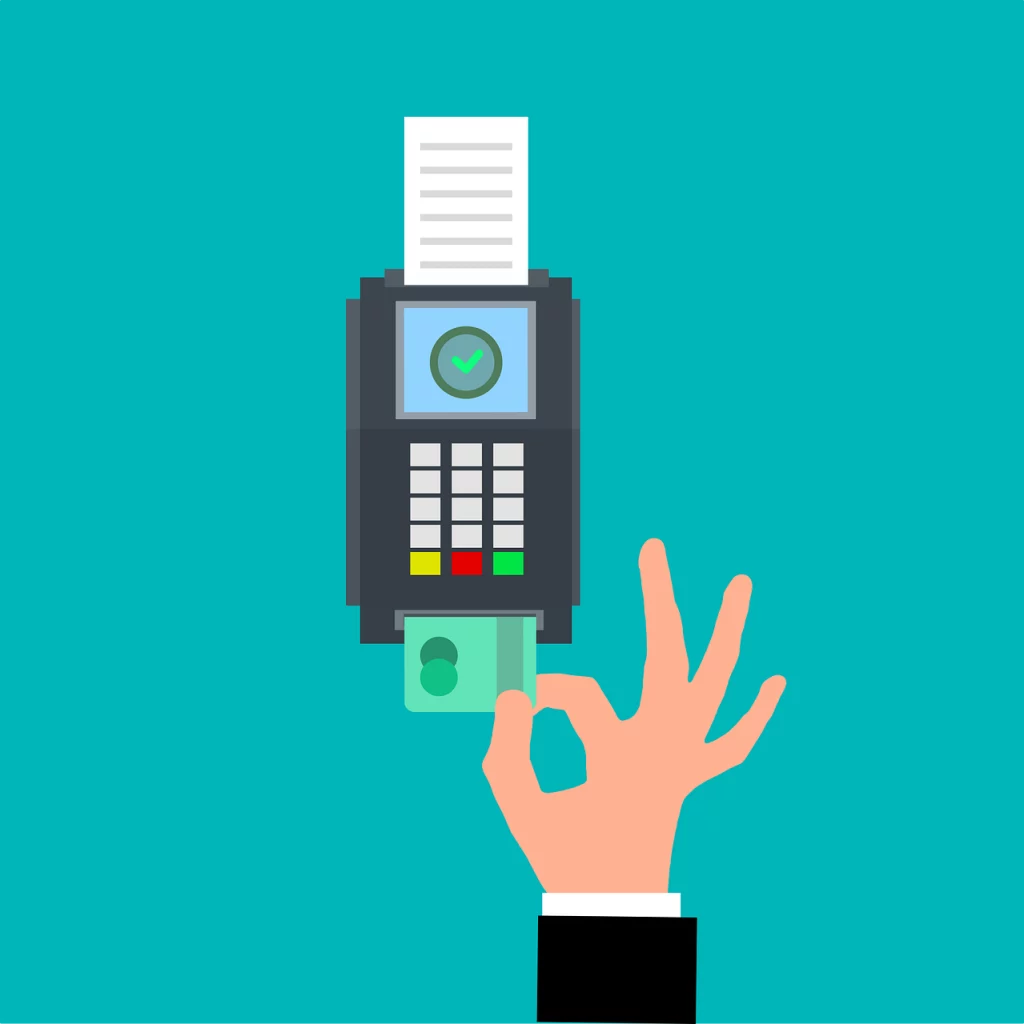
The checkout phase represents the pinnacle of your buyer’s journey, and it’s here that you aim to make it as seamless and effortless as possible. Ideally, customers should glide through the checkout process without overthinking, ensuring nothing stands in the way of a successful purchase. To facilitate growth, consider implementing these checkout optimization principles, along with the tools, plugins, and real-world examples that can elevate your checkout experience:
A. Diverse Payment Methods:
- Tool: Leverage payment gateway solutions like Stripe or PayPal to offer various payment options, from credit cards to digital wallets.
- Real-Life Case: Online marketplace Etsy provides customers with various payment methods, including credit/debit cards, PayPal, and Apple Pay, catering to diverse preferences.
B. One-Click Buying System:
- Plugin: Utilize plugins like WooCommerce One Page Shopping (for WooCommerce) or Shopify’s Express Checkout (for Shopify) to implement one-click buying functionality.
- Real-Life Case: Amazon has perfected the art of one-click buying, allowing customers to make purchases with just a single click, minimizing friction in the buying process.
C. Streamlined Direct Purchase Options:
- Tool: Employ e-commerce platforms like BigCommerce or Shopify that enable direct purchases from product pages, eliminating the need to add items to a cart.
- Real-Life Case: Fashion brand Zara offers a “Buy Now” button on product pages, enabling customers to purchase items instantly without navigating through a cart system.
D. Integration with POS Systems:
- Plugin: If you have a physical presence, use POS plugins like WooCommerce POS (for WooCommerce) or Shopify POS (for Shopify) to seamlessly connect your checkout with your point-of-sale system.
- Real-Life Case: Retail giant Walmart integrates its online checkout with in-store POS systems, allowing customers to complete purchases online and in physical stores easily.
Consequences of Poor User Experience on Ecommerce Site:

- Decreased Sales: A decline in sales is one of the most immediate and significant impacts of a poor user experience. Customers who encounter issues such as slow-loading pages, confusing navigation, or a complex checkout process are more likely to abandon their shopping carts and leave your website without purchasing.
- Higher Cart Abandonment Rates: Cart abandonment is a critical metric for e-commerce businesses. A poor user experience contributes to higher cart abandonment rates, where customers add products to their carts but fail to complete the purchase. This leads to lost revenue opportunities.
- Reduced Customer Loyalty: A frustrating user experience can erode customer trust and loyalty. If users find your website difficult to navigate or have a negative interaction, they are less likely to return for future purchases. Repeat customers are typically more valuable than acquiring new ones, so losing them can be costly.
- Negative Online Reviews and Reputation Damage: Unhappy customers are likelier to leave negative reviews on your website or external review platforms. These negative reviews can tarnish your brand’s reputation and deter potential customers from purchasing.
- Decreased Conversion Rates: A poor user experience can result in lower conversion rates, meaning fewer website visitors purchase. This directly impacts your return on investment (ROI) for marketing efforts and reduces the effectiveness of your e-commerce strategy.
- Increased Customer Support Costs: Customers who encounter issues on your website are more likely to contact your customer support team for assistance. Handling more support requests can strain your resources and increase operational costs.
- Missed Opportunities for Upselling and Cross-Selling: A poorly designed user interface may fail to highlight related products or upsell opportunities effectively. This means you take advantage of chances to increase the average order value by encouraging customers to add more items to their cart.
- Higher Bounce Rates: A frustrating user experience often results in higher bounce rates, where visitors quickly leave your site after viewing only one page. This signals to search engines that your site may not provide valuable content or services, potentially affecting your rankings.
- Impact on Mobile Users: With the increasing use of mobile devices for online shopping, a poor mobile user experience can be particularly damaging. If your website is optimized for mobile, you can retain a significant portion of your potential customer base.
- Legal Consequences: A poor user experience can sometimes lead to legal issues. For example, if your website does not comply with accessibility standards, you may face legal action related to discrimination against individuals with disabilities.
Conclusion:
In conclusion, your virtual store’s success hinges on its ability to attract and retain customers in an increasingly competitive e-commerce landscape. We’ve explored essential features backed by data and statistics that can elevate your virtual store. By incorporating these features, such as diverse payment options, one-click buying systems, streamlined direct purchase options, and integration with POS systems, you can optimize your store for customer satisfaction and growth.
Remember, having an online presence is not enough; you must provide an exceptional shopping experience that minimizes friction, maximizes convenience, and fosters customer loyalty. By staying attuned to your audience’s evolving needs and expectations and leveraging the right tools and plugins, your virtual store can survive and thrive.
FAQs on Virtual Store Experience:
What is a one-click buying system, and why is it important?
A one-click buying system allows customers to purchase with a single click without entering extensive payment and shipping details. It streamlines the checkout process, reducing friction and increasing conversions.
What is the significance of integrating a virtual store with a POS system?
Integrating with a Point of Sale (POS) system allows businesses to seamlessly manage online and in-store sales, providing a unified customer experience and efficient inventory management.
What are some real-life examples of successful e-commerce businesses that have implemented these essential features?
Amazon, Etsy, Newegg, Wayfair, Alibaba, Zara, Gucci, and Starbucks are just a few examples of e-commerce businesses that have successfully incorporated these features into their strategies, leading to increased customer engagement and satisfaction.



